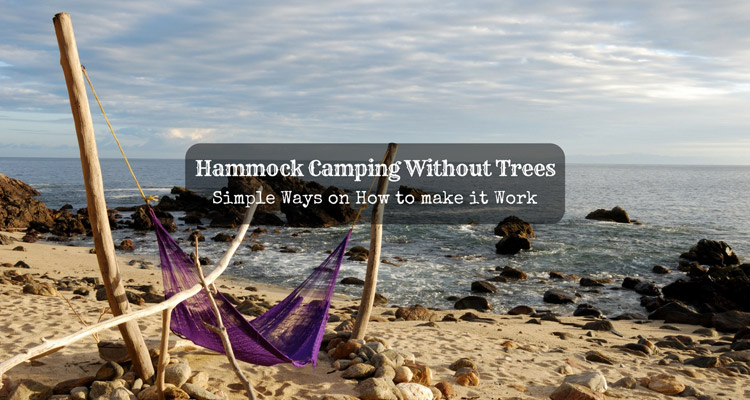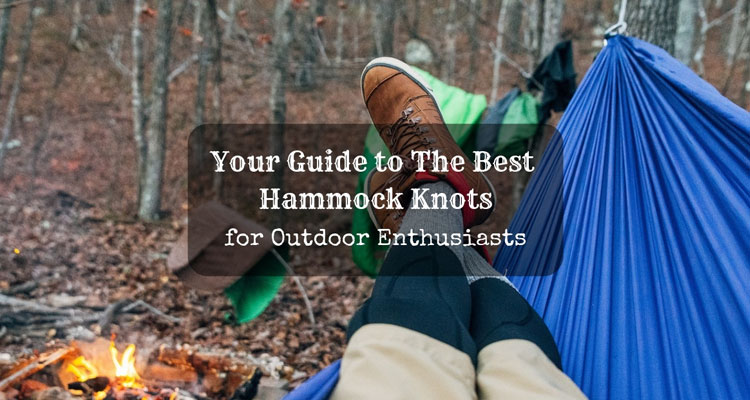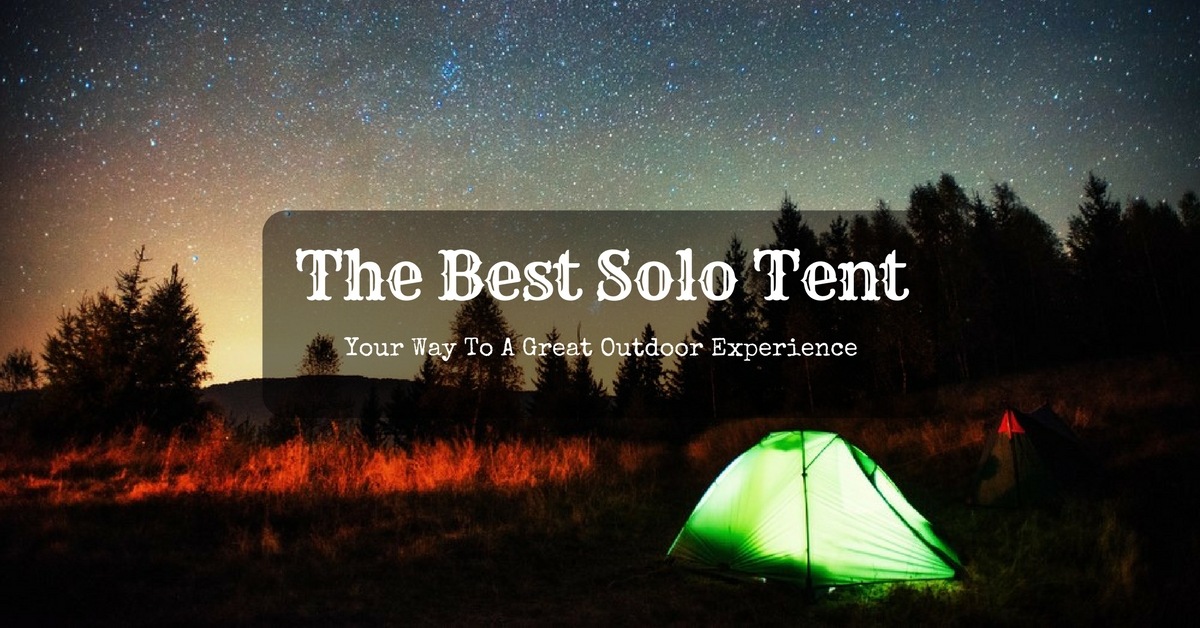I was stubborn at first. It took me a while to realize that hammock works well with me than the tent. I am the backpacker type who likes to keep it light.
However, hammock camping is sometimes more challenging than using a tent. When I go hammock camping without trees, then that’s when the fun begins!
More...
And why do I like hammock camping?
But, there is one reason though that makes it more exciting. Have you tried going hammock camping without trees? It was unexpected at my first time. It rocked my brain out to find ways and a place where to do the pitch.
We campers honestly won’t run out of creativity. I still managed to “hang” myself with the help of two friendly boulders waiting for me.
If you ever end up in situations like these, here are some ideas to help you on how to make hammock camping work even if without trees.

Before I go through each method, let me remind you first of the essential keys that you need to watch out for before setting up a hammock. Considering these will significantly help in making it right.
How to hang a hammock? 4 Major Considerations
1. Ensure to meet the required distance
The average distance for an ideal hammock stretch is around 10-15 feet. So having that in my mind, it’s easier to look for the perfect trees, posts or any anchor points. I follow a rule for this; “the stretch length of my hammock is the min distance between my hanging points.”
If you found a spot that is too open and wide, it is better to use extra rope or straps.

2. Make sure to meet the ideal height (from the ground.)
Due to my constant backpacking, my hammock is already a little bit stretched. In my every set-up, I purposely give a height allowance just in case it sags too much. It depends how deeply it declines but for mine, I put up another 1-2 feet.
I hate the feeling of waking up with my back already touching the ground. So it is practical to establish a sufficient clearance beforehand.
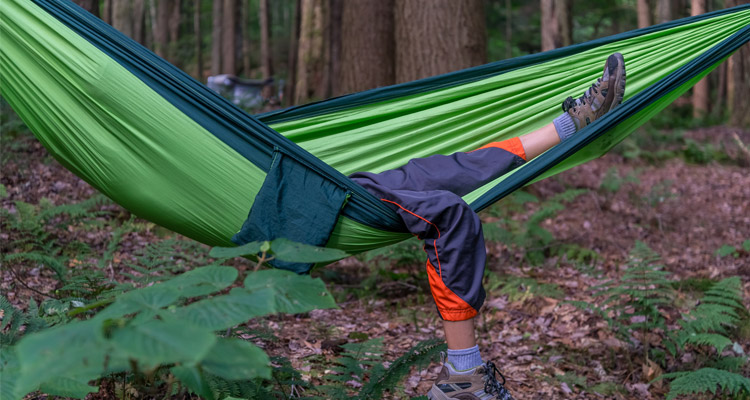
3. Decide what Hanging Method You Prefer
I have not used ropes ever since. I find it difficult to tie a knot, and I don’t have the patience to deal with it. I would like to suggest to use the hammock straps for simple and faster set-up.
There are types of straps with loops making it easy to adjust the distance. Since it is light, it is convenient, especially for long hikes. It does not harm trees and does not leave traces too.
Or if I prefer, I can bring my hammock stands just in case trees are rare. A little bit of more weight won’t hurt that much.
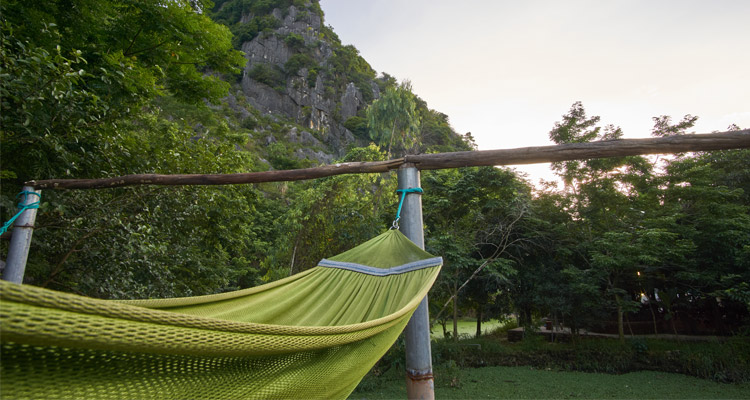
4. Choose your best spot.
In fact, there are various areas where I can hang my hammock. I pick a place where it meets my specifications. Typically my favorite spot is the corner where I feel alone. It’s a nook where I can see everybody, but the distance is just right to enjoy privacy.
But of course, all 1-3 considerations must also be satisfied. So, what about you? What’s your pick? Me, I habitually favor shady than sunny nooks.
Recommended articles
Hammock Camping with Dog: How to Make Sleeping Secure?
The Best Hammock Underquilt That Will Make You Comfy Like Home
Equipment Needed:
Different methods to make it work:
When I am on camping grounds that are scarce of trees, there are appropriate ways on how to pitch the hammocks. It sure does need different accessories to make it happen, but that’s the importance of planning. Bringing my appropriate equipment for the right kick is life-saving.
Hence, a little extra load for plan B always comes in handy. Being surrounded by boulders, desert or water, I need not worry. Always camp prepared. Anyways, the manner of setting up your hammock will depend on the hanging method applicable for the day.
The use of poles
When talking about poles, anyone could be resourceful. I may use two sturdy wooden poles I can get my hands on in the wild or I can use my pair of hiking poles. As long as it will endure the weight, it will work.
Look how resourceful this man is in using bamboo poles!
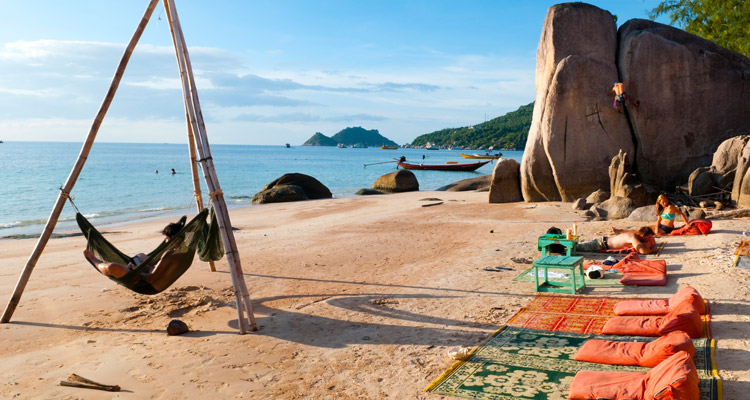
Here is how to use poles for hammocks. Watch out this video:
The use of portable hammock stands
There are numerous designs for hammock stands. My advice, backpacking is tedious. You’ve got to endure long hikes and even climbs. Choose an authentic style that is light and compact.
Remember that before you assemble the stands, make sure that your hammock is suitable for its type. And if it does fit, test it several times before deciding that it’s safe enough.
Sure, you can make a DIY stand made out of poles or bamboos, but you might like to try this type. This portable stand is backpacking friendly!
Here is a video that will show you how to set up a handy hammock stand.
Tie it down to boulders
Camping comes in surprises. In situations like these, I need a hand from my fellow backpackers. When it comes to times like this, they are well experienced. It is undoubtedly a bit dangerous especially if the area is slippery.
How to set up? Here is a video of campers setting up their hammock in a rocky area:
I usually focus on backpacking or hiking. However, the use of posts, car’s door frame or roof rack are also part of the options. But these will be applicable when you are into relaxing indoors, on a house porch and car camping.
Tips for hammock campers
It is essential to know how to set up a hammock especially if you’re a beginner. Here are practical guidelines to help you have perfect pitch.
Make your hang perfect!
We have different styles of comfort when it comes to hanging. So I advise to practicing your hang to how you like it to be. For me, I want it two feet from the ground just enough for me to reach. Make a few attempts until you get your ultimate sag.
Buy hammocks that are intended for backpacking.
There are diverse types of a hammock in the market. Backpacking hammocks should be durable for any weather. That goes true also when buying your tarp, quilt, and other hardware. One more thing, an easily reached stuff pocket is a significant advantage too!
You can use a net
I am scared of bugs. Even if you aren’t, I suggest you get one just to make your nights mosquito-free!
Make sure your anchor points are secure.
Please don’t forget that your anchor points hold your weight. Test it several times before you get comfortable.
Choose a safe ground
I tell you, falling and hitting a rocky terrain is dangerous. Clear the land beneath your hammock first before settling. Or you find one that is plain and clean from rubbles.
Recommended articles
Hang loose!
The more tightly you pull your hammock, the extra force applied to the suspension and anchor points. Try to maintain an ideal 30-degree angle.
Always bring extras
Bring additional straps, hooks, etc. You might end up in a place where trees are super far from each other. A spare hook will save you in case the other one fails.
Here is a video for additional tips on how to set up a hammock in the woods. I always like listening to expert’s recommendations.
Well, there goes my techniques on how to keep the fun going even if you don’t have trees around. Hammock camping is an open versatility. It is an affordable and convenient treasure for every adventure.
No more relying on trees! You can now dream for top of the hills, deserts and even near brooks and rivers.
Have I covered all possible ideas on how to survive if you go hammock camping without trees? Did you find my methods helpful? I’ll be impressed if you can give me more.
Do you want to share your own experience? Feel free to write a comment!


